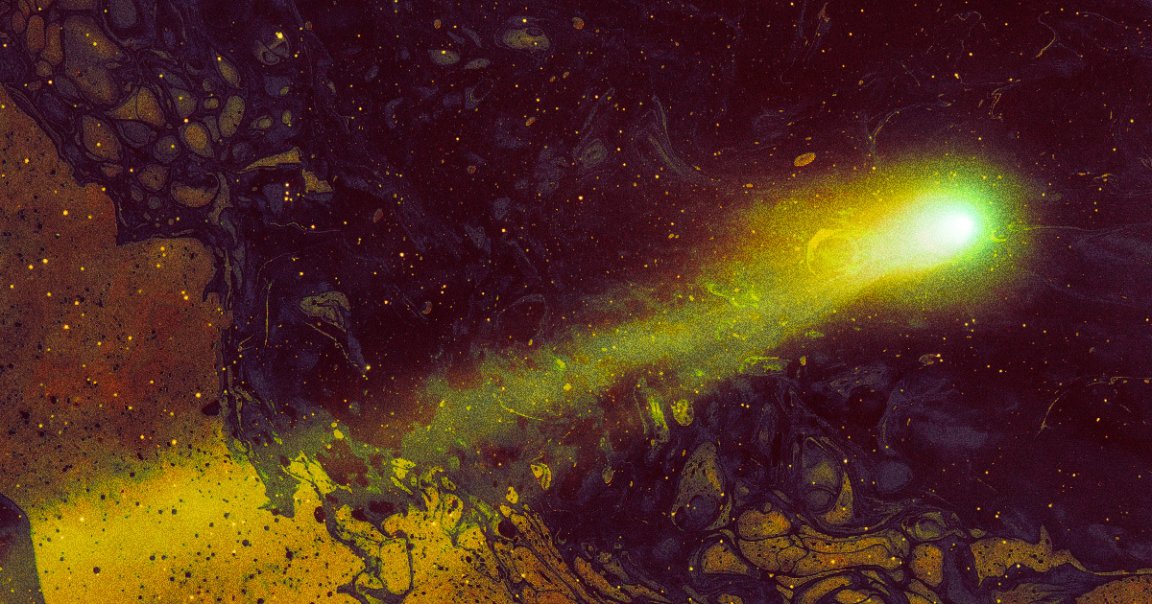
Streaming Stars
New footage from NASA shows an eruption from our Sun breaking the tail off of a comet whizzing by, IFLScience reports, making for a dramatic display of the Sun’s power.
The agency’s STEREO A spacecraft captured the sequence of events in early April, when the Sun spewed a coronal mass ejection — an explosion of plasma from the Sun’s corona — just as the comet 12P/Pons–Brooks flew into the path of this massive wave of solar energy.
As the wave hit, the tail of the comet broke off momentarily and grew back quickly, IFLScience reports, while continuing on its long journey. Astronomers call the moment a comet tail is broken off a “disconnection event.”

Pons–Brooks was about 75 million miles away from the Sun when the plasma ejection took place.
The comet, like the more famous Halley’s Comet, is made up of ice, rock and dust. The tail shows up when solar winds blows over the comet, siphoning gas and dust from the rock and forming the tell-tale tail.
Not So Devilish
Another notable thing about 12P/Pons–Brooks is that it’s often known as the “Devil’s Comet,” because it sprouts what looks like horns. This distinctive profile is due to the comet’s coma, a kind of cloudy atmosphere around the comet composed of dust and gas, which periodically expands and appears brighter.
The comet isn’t living up to its name lately, though, because observers haven’t seen any horns sprouting from the icy, dirty rock. But images as recent as March show the comet with a spiral of gas in its core, making it look like a spinning pin wheel.
On April 21, the comet came closest to the Sun, also called the perihelion, and hence it was slated to be at its brightest in the night sky.
If you missed the comet, this may be too late for you. Pons–Brooks has an orbital path of about 71 years, so we won’t see it again until 2095.
More on comets: Exploding “Devil Comet” Flying Past Earth Has Spiral Core